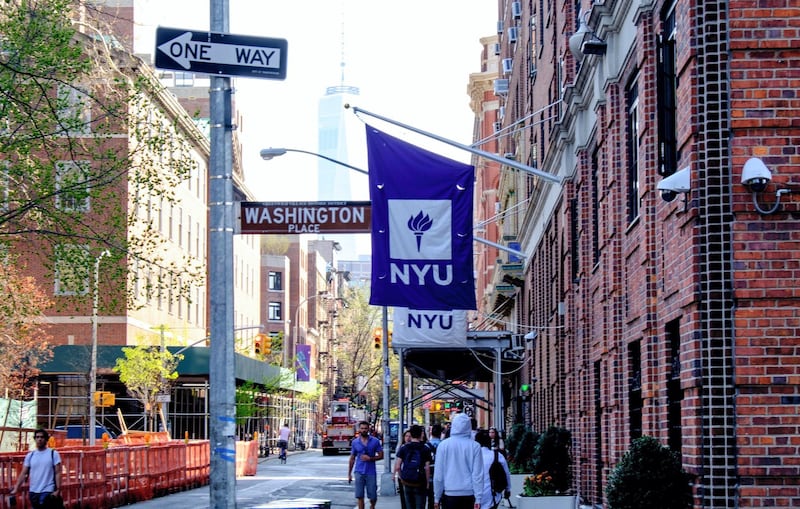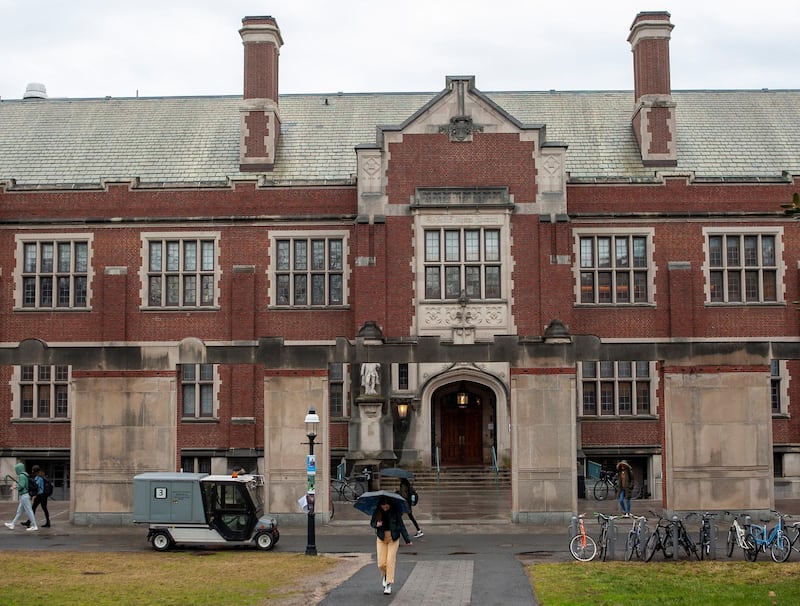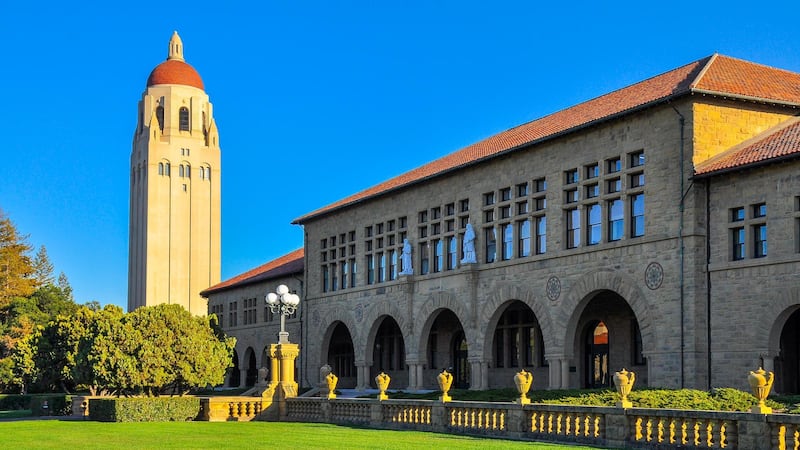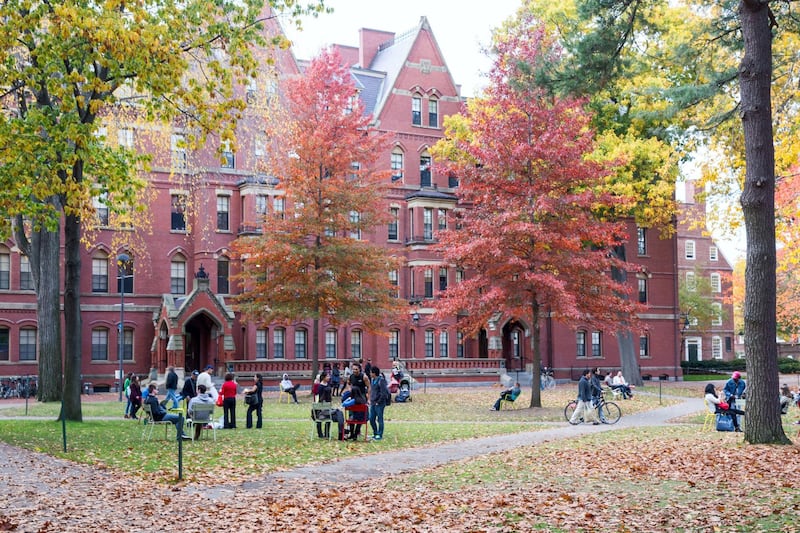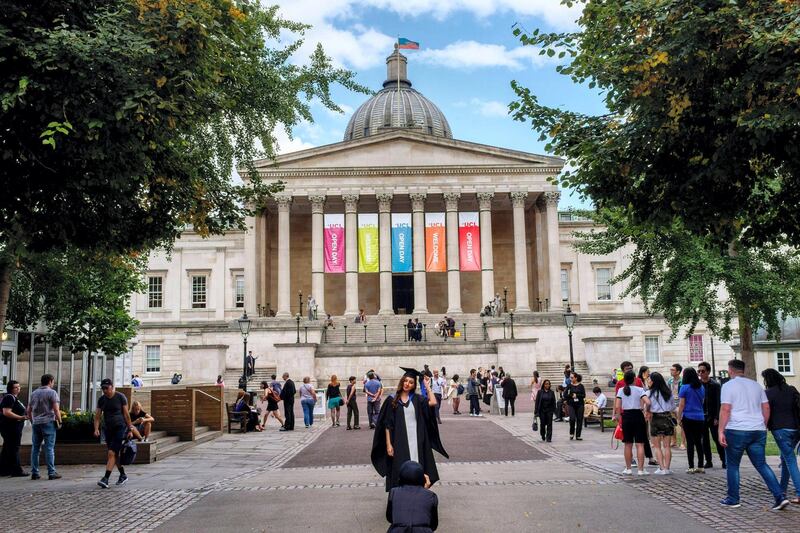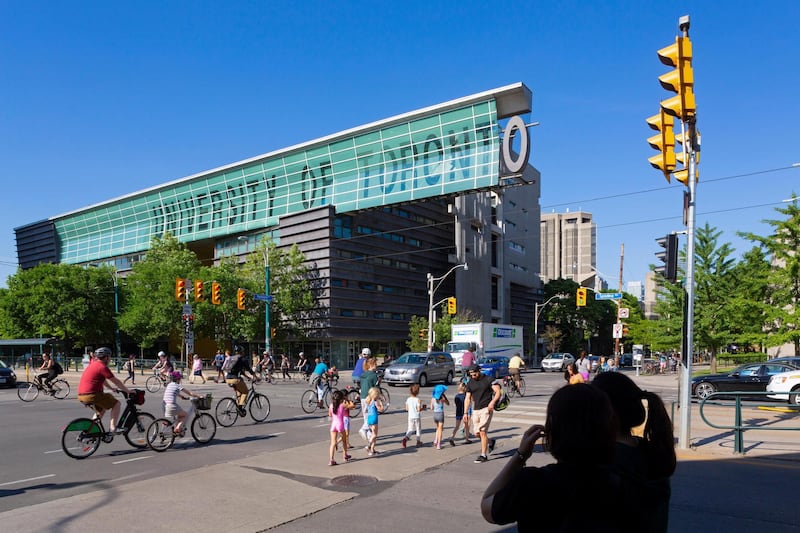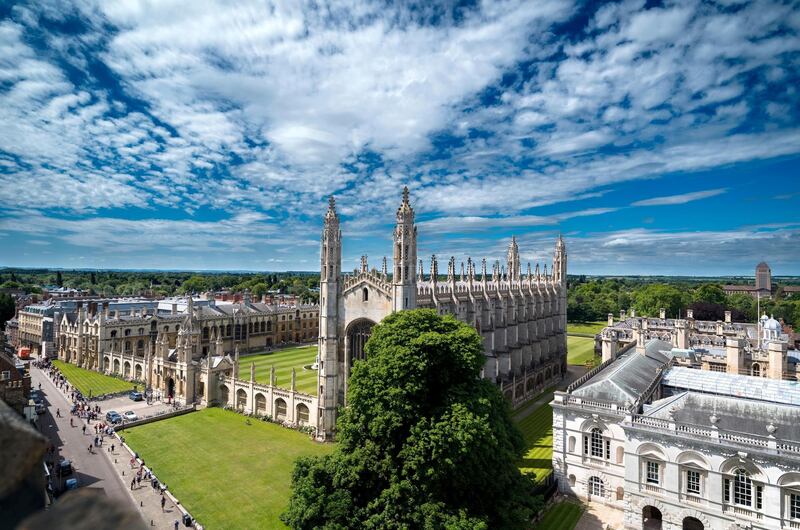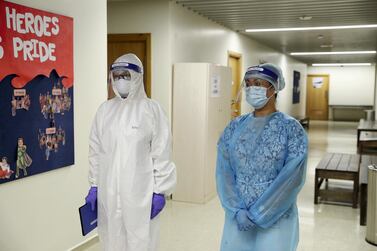When it comes to upheaval caused by the coronavirus, few sectors have faced greater difficulties than education.
In many countries, schools and universities have been shuttered for months and plans for international study abandoned.
The latest indication that the sector is struggling to return to normality is the recent announcement by Princeton University in the US that plans to reopen the campus in the coming term have been scrapped.
So, as university students prepare for a new academic year, what can they expect?
“Many universities across the world are planning a blended or hybrid approach to teaching next term, which will typically involve online lectures combined with small in-person seminars and group work,” said Ellie Bothwell, international reporter at Times Higher Education, which covers the global university sector.
“For many students, this will mean stepping onto university campuses for the first time in months. But it won’t be an entirely normal experience – students will have to deal with many additional measures aimed at preventing the spread of Covid-19.”
So students will often be required to physically distance, wear masks or visors, or move through one-way systems.
The whole experience of being at university will be a different one, indicated Dr Vicky Lewis, a UK-based higher education consultant.
“A lot of the difference will be around social life – perhaps associating with a smaller group of people rather than the whole university community,” she said.
This will be the case for students such as Jannah Kara Vira, a dual US-Canadian citizen about to begin first-year studies at Stanford University in the US.
“Students will be tested upon arrival on campus, five to seven days after arriving on campus, and then periodically throughout the quarter,” she said.
“Stanford’s goal is to create small bubbles of seven to eight within dorms to provide opportunities for social interactions while maintaining safety among students.”
Here, we look at what top universities, including Princeton, are planning for the coming term.
University of Cambridge
The University of Cambridge in the UK says that seminars, practicals and tutorials – teaching sessions between a tutor and a small number of students – will be in-person “where possible”, although many lectures will take place online. Extra cleaning is taking place in university buildings to help reduce coronavirus spread.

Special arrangements are being put in place so that students who are shielding can continue to be taught without being present in-person.
The university is also looking to allow postgraduate students to re-start their research.
Harvard University
Harvard University plans a limited resumption of campus operations this autumn term.
The Ivy League institution in Cambridge, Massachusetts, US, said many classes in the coming term will be online-only, but some students are scheduled to return, such as 40 per cent of those studying with the Faculty of Arts and Sciences (FAS).
All FAS first-year students and those “who may not be able to learn successfully” at home will be able to attend campus.
Like some other institutions, the FAS is rotating its students: in the spring term, first years will return home, to be replaced by fourth-year students.
University College London
A “phased and measured” return to campus life is planned by University College London (UCL) during the autumn term, which starts at the end of September. Only a quarter of staff will be on site at any one time at the British institution.
Like many other institutions, UCL has put in place measures to prevent coronavirus spread, including one-way systems, hand sanitiser provision and requirements to wear face masks.
While lectures will be available online, practical work in laboratories and seminars for small groups will take place in person.
New York University / NYUAD
New York University is one of a number of American institutions enabling international students to attend their nearest campus instead of the one at which they were enrolled.
So students in China, for example, can go to NYU Shanghai this autumn term rather than the university’s campuses in New York or Abu Dhabi.
How Dubai's schools are preparing to reopen during Covid-19 pandemic
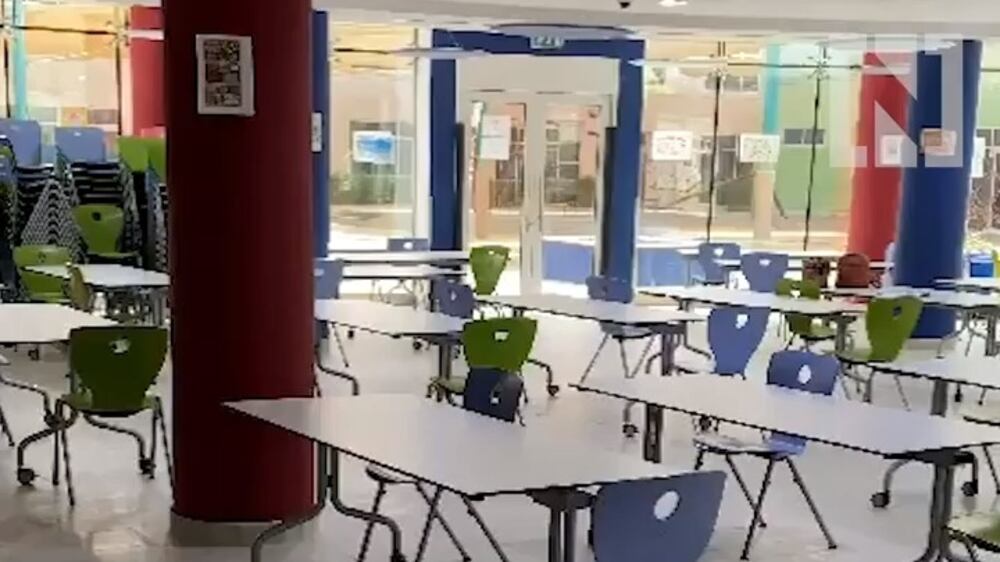
NYU Abu Dhabi is following a “Remote Plus” approach, meaning that much is being done remotely but with an effort made to maintain connections and bring students back on campus by next spring. Limited numbers of students and staff will be on campus this autumn.
Princeton University
Little more than a month ago Princeton University in New Jersey announced undergraduates would return to campus in late August in a staggered reopening.
However, the university’s president, Professor Christopher Eisgruber, has since written to students to say the university “cannot provide a genuinely meaningful on-campus experience for our undergraduate students” while taking into account health concerns.
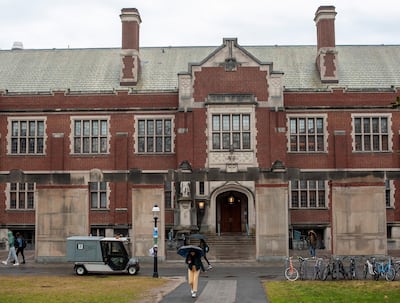
“People throughout this university have done outstanding work to prepare the campus to receive students safely, but the risk of widespread contagion and serious illness remains,” he wrote.
Instead, teaching this term will be online only with the hope being that final-year students will return in the spring.
National University of Singapore
A zoning policy is key to the National University of Singapore’s efforts to prevent the spread of the coronavirus.
The university is being split into five zones and students will, for example, attend classes and eat in canteens only in their own zone.

Some large classes will be online-only, cutting by about half the number of students on campus each day, and safety measures such as temperature checks will be in place.
Students will retain the same zone when it comes to their residential areas, and will be taken by bus between campus and residences.
Stanford University
While California’s Stanford University has run only online classes in its summer term, undergraduates will return in the autumn term in rotating groups. Just first and second years will be present.
“I’ve been informed that majority of the classes will take place online with the exception of certain labs, performing arts courses, and several other courses,” said Jannah Kara Vira, who is about to start her first year.

“While my major is still undecided, as a student whose course-load is heavily weighted by humanities, it is safe to say that all of my instruction will likely take place virtually.
“A majority of the indoor campus facilities will not be open for students. However, we have been strongly encouraged to take advantage of the incredible outdoor spaces that will be at our fingertips.”
National Taiwan University
More so than is typical elsewhere, institutions in Taiwan have been able to remain open during the pandemic because of the island’s low infection rate.
Numerous safety measures have been taken at the likes of the National Taiwan University in Taipei, where there are, for example, temperature checks and transparent dividers on tables in the cafeteria.
The university has introduced dedicated entrances and exits for buildings to improve social distancing, and encouraged people to open windows and not to talk in lifts or during meals. Sharing food is also frowned upon.
University of Toronto
More than 90 per cent of the University of Toronto’s classes will be available online, with students often having the option to attend in person or to view lectures over the internet.
Undergraduate courses at the Canadian university will have in-person elements in at least a third of cases, although smaller class sizes mean the proportion will be greater for postgraduate classes.

While much research carried on unaffected, laboratories were closed down because of the pandemic, but these have been starting to reopen.
ETH Zurich
The Swiss Federal Institute of Technology in Zurich (ETH Zurich) aims to maximise the number of students who can attend the campus next term.
“The principle is that students should have as much face-to-face teaching as possible,” a university spokesperson said.
“In the case of lectures, especially those with a large number of students, not all students can be physically present at the same time, as the room capacities are not sufficient due to the distance rule.
“For this reason, hybrid forms of lectures are used where necessary, in which some students are present and the others attend the lecture online.”
Some programmes “not feasible without physical presence” will be taught in person, such as laboratory courses in chemistry and biology.
